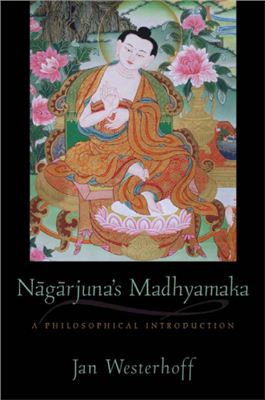Oxfоrd Univеrsity Prеss, 2009 - 256 p. ISBN: 0195375211,
0195384962
The Indian philosopher Acharya Nagarjuna (c. 150-250 CE) was the founder of the Madhyamaka (Middle Path) school of Mahayana Buddhism and arguably probably the most influential Buddhist thinker soon after Buddha himself. Indeed, in the Tibetan and East Asian traditions, Nagarjuna is frequently referred to as the ‘second Buddha.’ His main contribution to Buddhist believed lies is in the further development of the idea of sunyata or ‘emptiness.’ For Nagarjuna, all phenomena are with out any svabhaba, literally ‘own-nature’ or ‘self-nature’, and therefore with out any underlying essence. In this book, Jan Westerhoff provides a systematic account of Nagarjuna’s philosophical position. He reads Nagarjuna in his own philosophical context, but he doesn’t hesitate to show that the issues of Indian and Tibetan Buddhist philosophy have a minimum of family members resemblances to issues in European philosophy.
The Indian philosopher Acharya Nagarjuna (c. 150-250 CE) was the founder of the Madhyamaka (Middle Path) school of Mahayana Buddhism and arguably probably the most influential Buddhist thinker soon after Buddha himself. Indeed, in the Tibetan and East Asian traditions, Nagarjuna is frequently referred to as the ‘second Buddha.’ His main contribution to Buddhist believed lies is in the further development of the idea of sunyata or ‘emptiness.’ For Nagarjuna, all phenomena are with out any svabhaba, literally ‘own-nature’ or ‘self-nature’, and therefore with out any underlying essence. In this book, Jan Westerhoff provides a systematic account of Nagarjuna’s philosophical position. He reads Nagarjuna in his own philosophical context, but he doesn’t hesitate to show that the issues of Indian and Tibetan Buddhist philosophy have a minimum of family members resemblances to issues in European philosophy.

